15 Fruits You Can Grow Easily in Your Own Garden
Growing your own fruit can be a rewarding experience that adds freshness to your meals. Many fruits are easier to grow than people think, even if you are new to gardening. With the right choices, you can enjoy homegrown produce without too much work. Some fruits do well in small spaces and require minimal care. Let’s the fruits that you can effortlessly grow in your garden.
This post may contain affiliate links, which helps keep this content free. Please read our disclosure for more info.
Strawberries

Strawberries are low-growing plants that thrive in sunny spots with well-drained soil. They usually start producing fruit in late spring to early summer. These plants spread through runners and can cover garden beds quickly, typically reaching a height of 6 to 12 inches. Regular watering and removing old leaves help keep the plants healthy and productive.
Strawberries prefer slightly acidic soil and benefit from mulch to retain moisture. They require minimal fertilizer but appreciate occasional feeding during the growing season. Pests like slugs and birds may pose a challenge, so using barriers or netting can help. With proper care, you can enjoy fresh strawberries year after year.
Blueberries
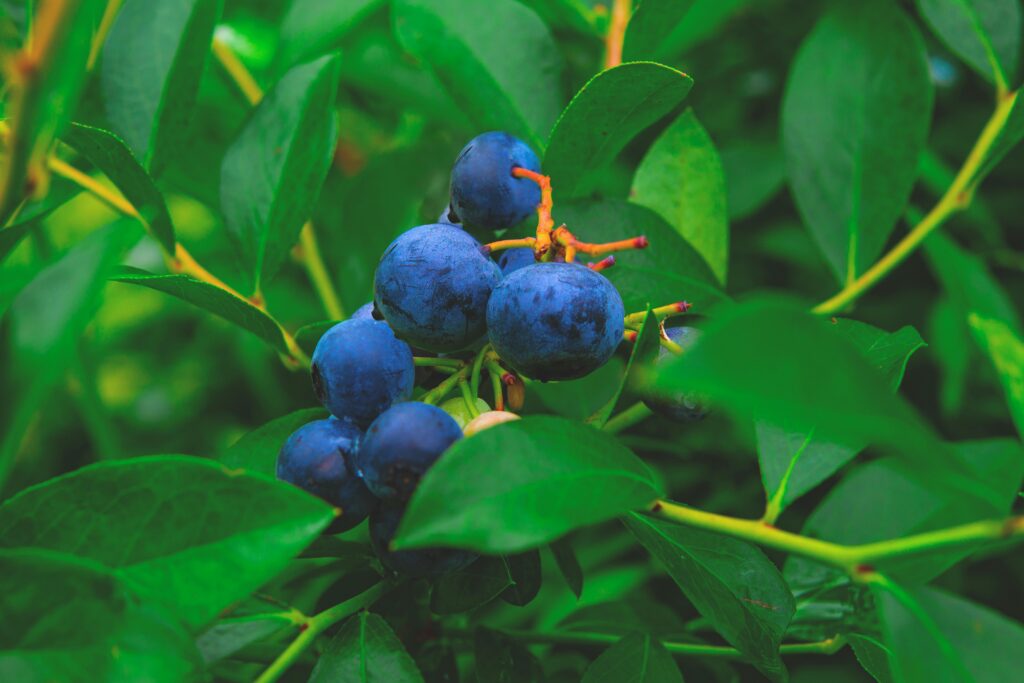
Blueberries grow as small shrubs, usually reaching heights between 3 and 6 feet. They thrive in acidic soil and need full sun to produce the best fruit. Blueberries typically bear fruit from late spring through summer. These shrubs require consistent watering, especially during dry periods.
Pruning is important in late winter to encourage new growth and fruit production. Adding organic mulch helps maintain soil acidity and moisture. Blueberries also benefit from planting more than one variety for better pollination. Growing blueberries in your garden provides delicious and nutritious berries with relatively low effort.
Raspberries
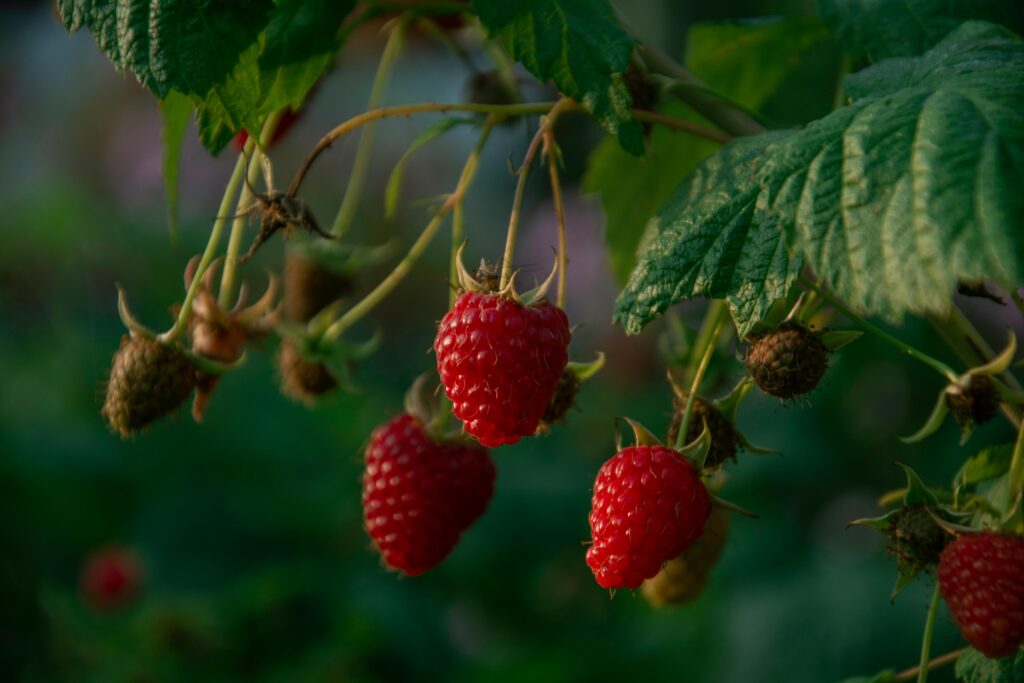
Raspberries grow on woody canes that can reach between 4 and 6 feet tall. They prefer sunny locations with well-drained soil rich in organic matter. Fruit usually appears in summer, depending on the variety. Raspberries require regular watering and benefit from mulching to keep roots cool.
Pruning spent canes after harvest promotes healthy growth for the next season. These plants spread quickly and may need support like trellises to keep canes upright. Protecting raspberries from birds can improve your harvest. Growing raspberries can add vibrant color and flavor to your garden with modest care.
Blackberries
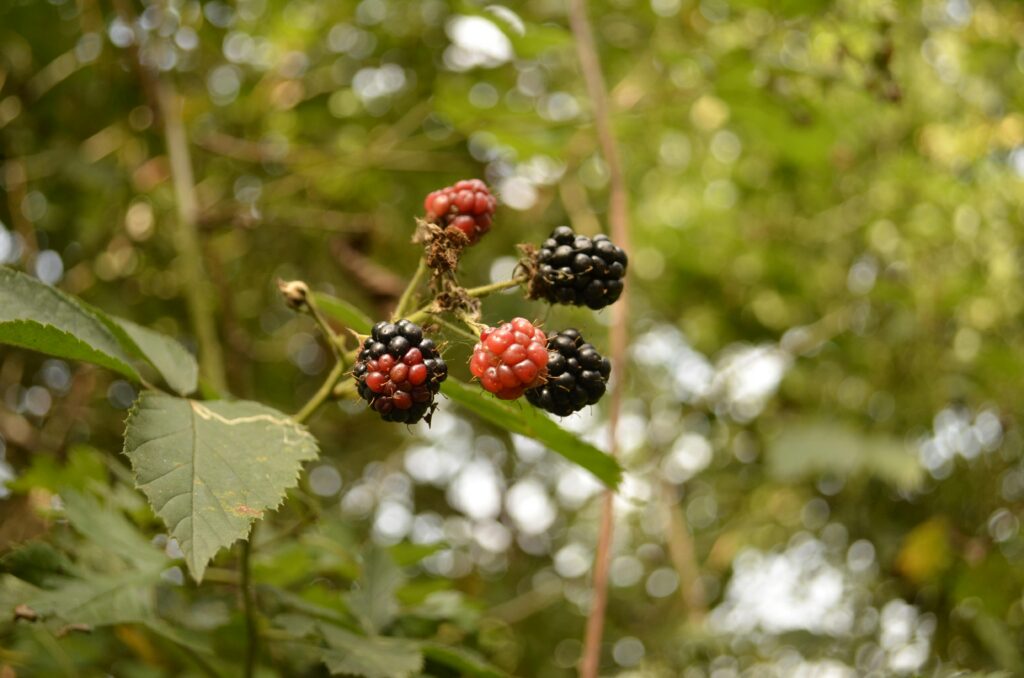
Blackberries are similar to raspberries but tend to grow taller, often reaching 5 to 8 feet. They produce fruit from mid to late summer. Blackberries prefer full sun and soil that drains well but holds moisture. They need regular watering, especially during fruit development.
Supporting the canes with trellises or stakes helps manage their growth and makes harvesting easier. Pruning after fruiting encourages new growth and larger yields. Blackberries can spread if not contained, so proper care is important. They are rewarding plants that provide sweet, juicy berries.
Apples
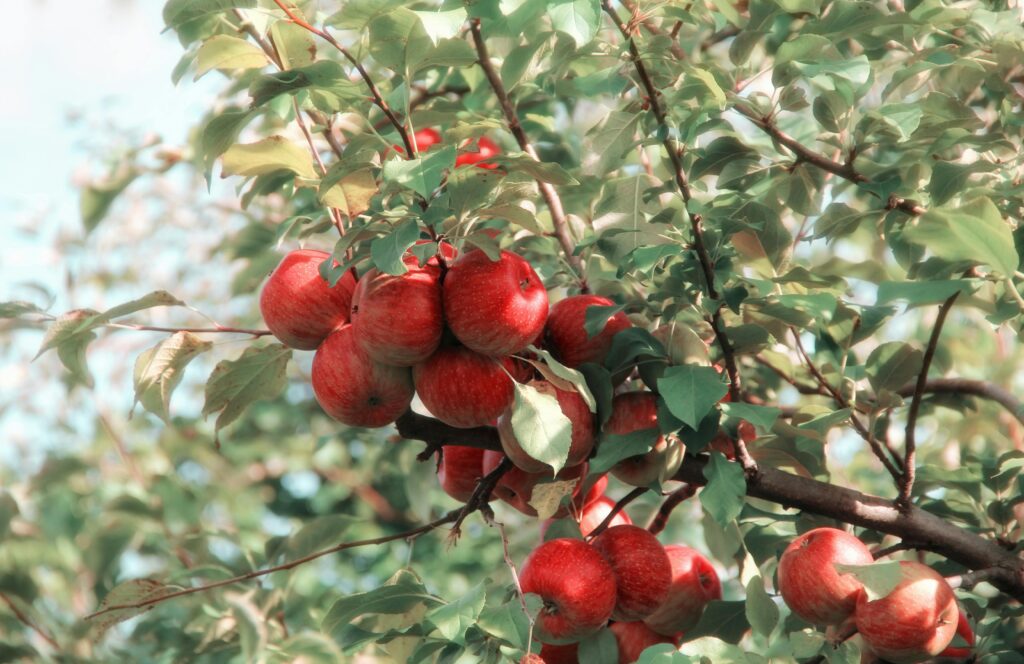
Apple trees are medium-sized and usually grow between 10 and 20 feet tall depending on the variety. They require full sun and well-drained soil to produce fruit. Apples typically bloom in spring and bear fruit in late summer to fall. Young trees need regular watering and protection from pests.
Pruning annually helps maintain tree shape and improves fruit quality. Most apple trees need another variety nearby for pollination. Mulching around the base conserves moisture and controls weeds. Apples are classic fruits that grow well with basic garden care.
Pears
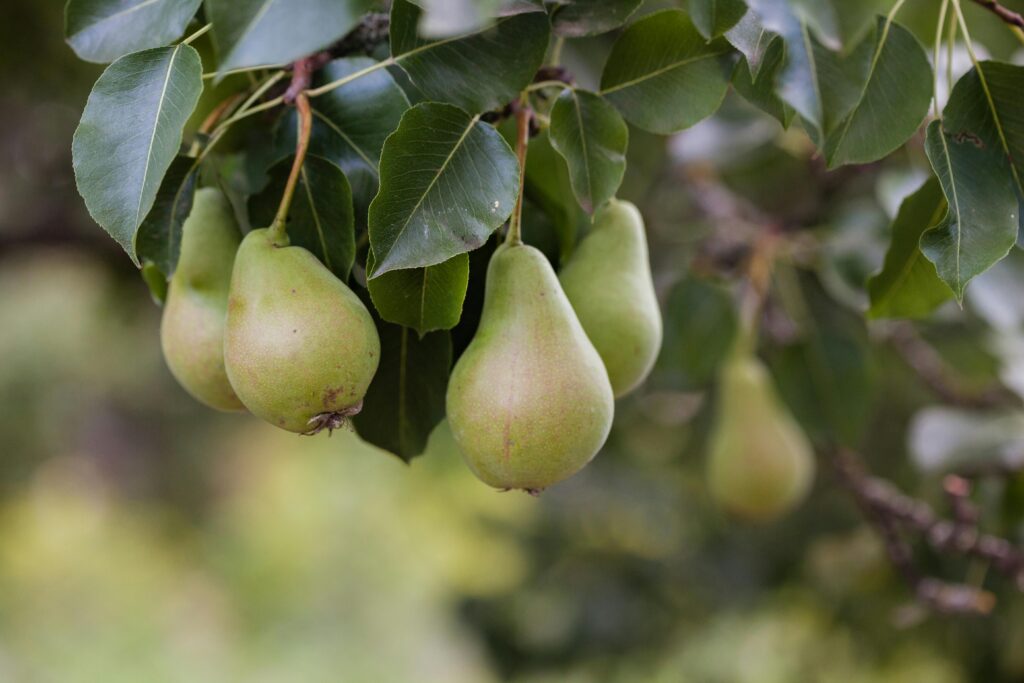
Pear trees are similar in size to apple trees, generally growing between 15 and 25 feet tall. They bloom in spring and usually bear fruit from late summer to early fall. Pears prefer sunny locations with well-drained soil. They need watering during dry spells to support fruit development.
Pruning helps keep the tree healthy and encourages better fruit production. Like apples, pears often require cross-pollination from another tree variety. Applying mulch protects roots and conserves water. Pear trees offer tasty fruit with moderate maintenance.
Cherries
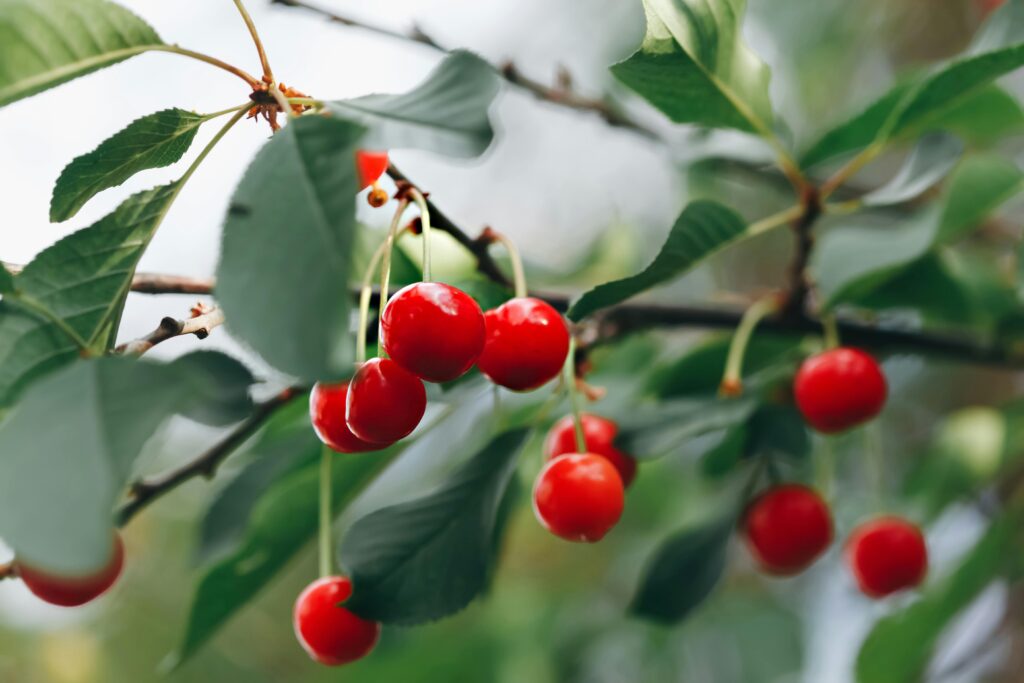
Cherry trees typically grow between 15 and 30 feet tall, depending on the variety. They blossom in early spring and bear fruit in late spring to early summer. These trees prefer full sun and well-drained soil. Regular watering is important during dry weather, especially when fruit is developing.
Pruning helps maintain shape and remove dead wood, improving air circulation. Sweet cherry varieties often need a pollinator nearby, while some sour cherries are self-pollinating. Mulching helps keep roots cool and moist. Growing cherries adds beauty and flavor to your garden.
Figs
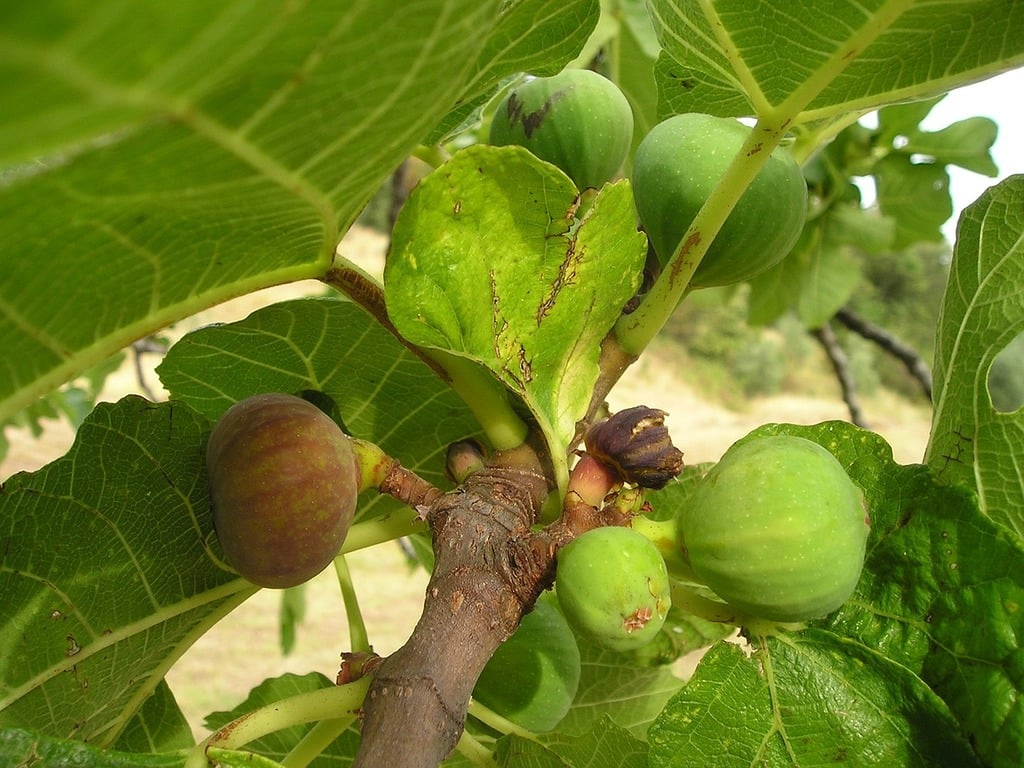
Fig trees are small to medium-sized, usually growing 10 to 20 feet tall. They thrive in warm climates and prefer full sun with well-drained soil. Figs often produce fruit in late summer to early fall. These trees require little care aside from occasional watering in dry conditions.
Pruning in late winter encourages new growth and better fruiting. Fig trees can tolerate some drought but do best with regular watering during fruit production. Protecting figs from pests like birds improves harvest. Figs are easy to grow and offer sweet, unique fruit.
Grapes
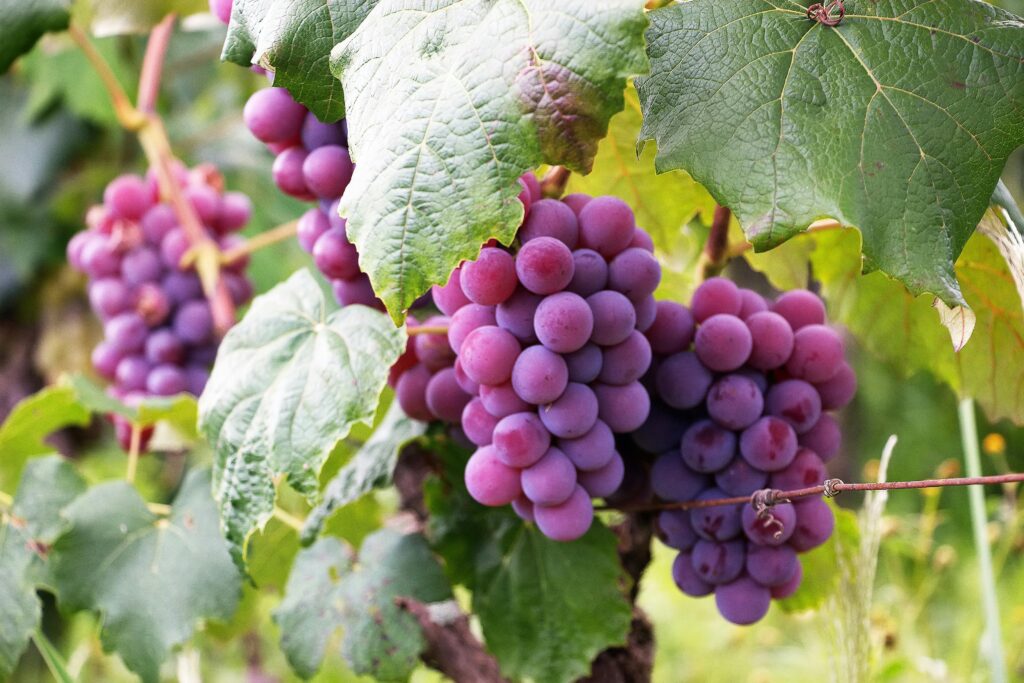
Grapevines grow as climbing plants and can spread widely with support such as trellises or fences. They flourish in full sun and well-drained soil. Grapes usually ripen from late summer to early fall. Regular watering and feeding help produce healthy fruit clusters.
Pruning each year is essential to control growth and increase fruit yield. Grapevines are hardy but benefit from disease prevention measures. Harvest timing affects sweetness and flavor. Growing grapes can provide fresh fruit and attractive foliage.
Lemons
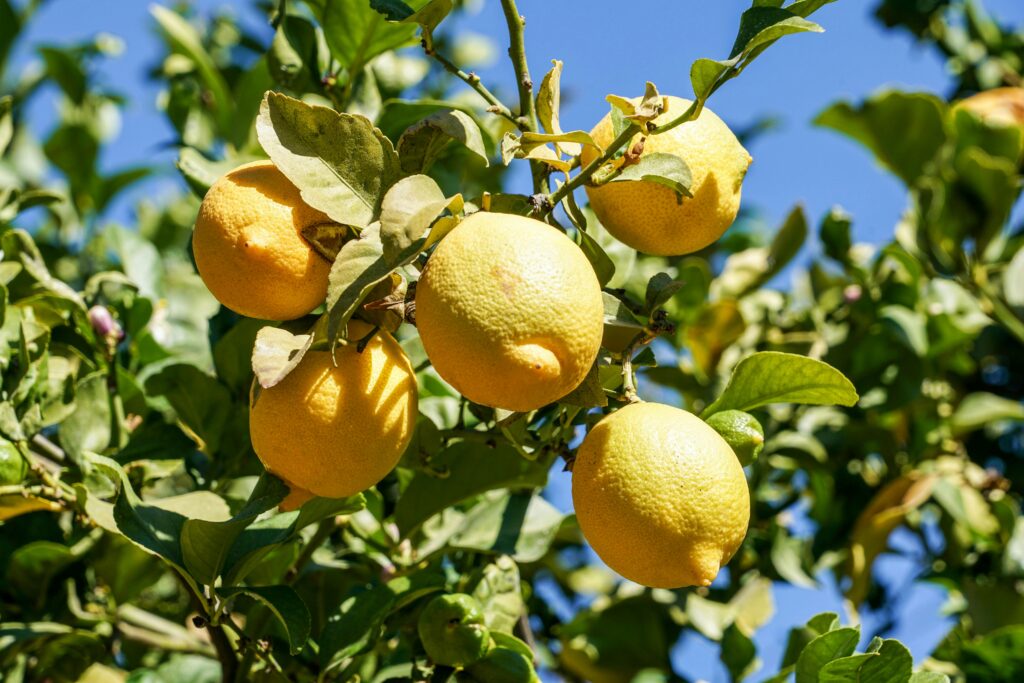
Lemon trees are small evergreens that typically grow 10 to 20 feet tall. They prefer warm climates with full sun and well-drained soil. Lemons usually produce fruit year-round in suitable conditions, with peak harvests in winter. They require regular watering and feeding to thrive.
Protecting lemon trees from frost is important in cooler regions. Pruning helps maintain tree shape and encourages fruiting. Mulching conserves moisture and prevents weeds. Lemons are versatile fruits that grow well with basic care.
Oranges
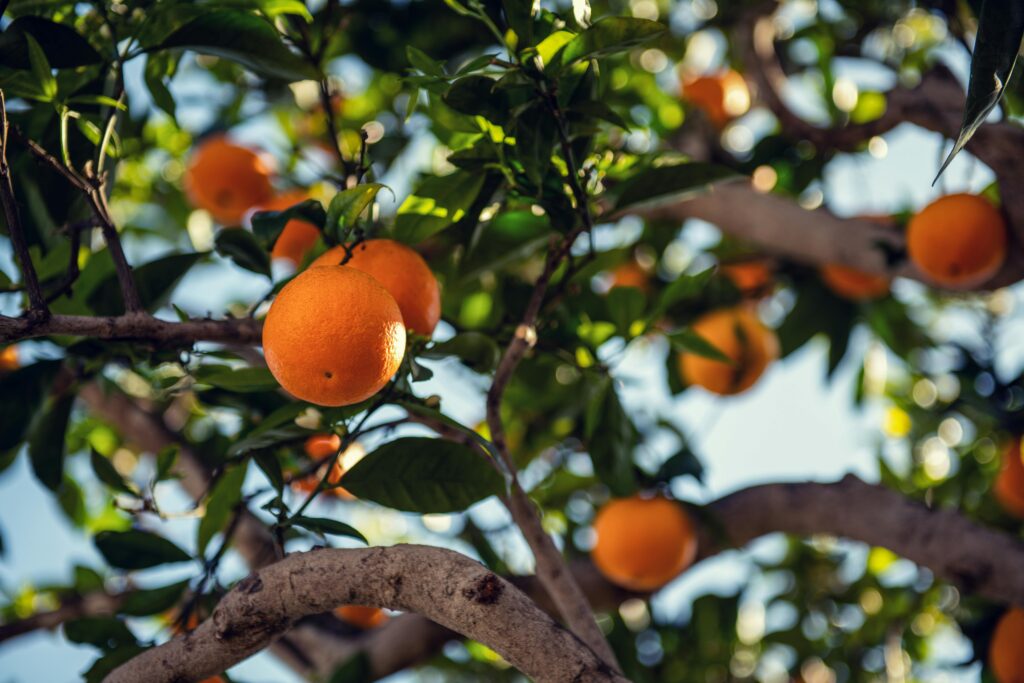
Orange trees are similar in size to lemons and need warm temperatures and full sun. They typically flower in spring and bear fruit from late fall to winter. Well-drained soil and consistent watering support fruit development. Orange trees benefit from occasional feeding with citrus fertilizer.
Pruning is done to shape the tree and remove dead branches. Frost protection may be necessary in colder areas. Mulching helps retain soil moisture and keep roots cool. Growing oranges can add color and fresh citrus to your garden.
Pineapples

Pineapples grow close to the ground as tropical plants with long, spiky leaves. They prefer warm weather, plenty of sunlight, and well-drained soil. Pineapples take about 18 to 24 months to produce fruit. They require moderate watering and well-drained soil to prevent root rot.
Pineapples do not need much pruning but benefit from removing dead leaves. They can be grown in pots or directly in the garden in suitable climates. Pineapples add a tropical touch and fresh fruit to your outdoor space. Growing them requires patience but little intensive care.
Mulberries
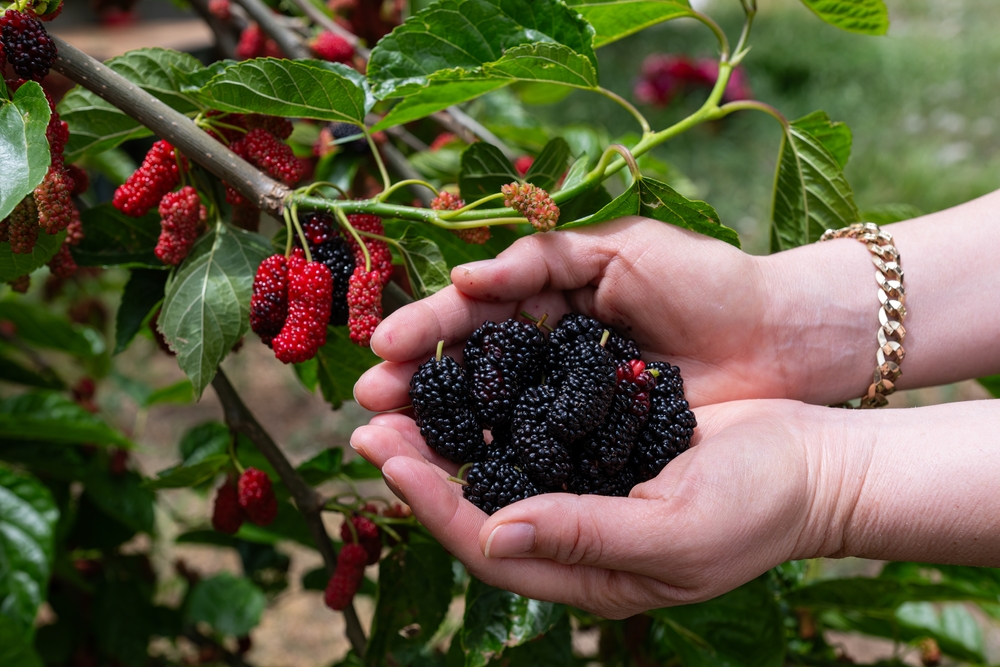
Mulberry trees can grow between 30 and 50 feet tall and prefer full sun and fertile, well-drained soil. They typically bear fruit in late spring to early summer. These trees are hardy and require minimal maintenance once established. Mulberries produce sweet, blackberry-like fruit enjoyed fresh or in recipes.
Pruning helps control size and encourages better fruiting. Mulberry trees can tolerate drought but produce more fruit with regular watering. Birds love the berries, so protective netting may be needed. Growing mulberries offers both shade and delicious fruit.
Gooseberries
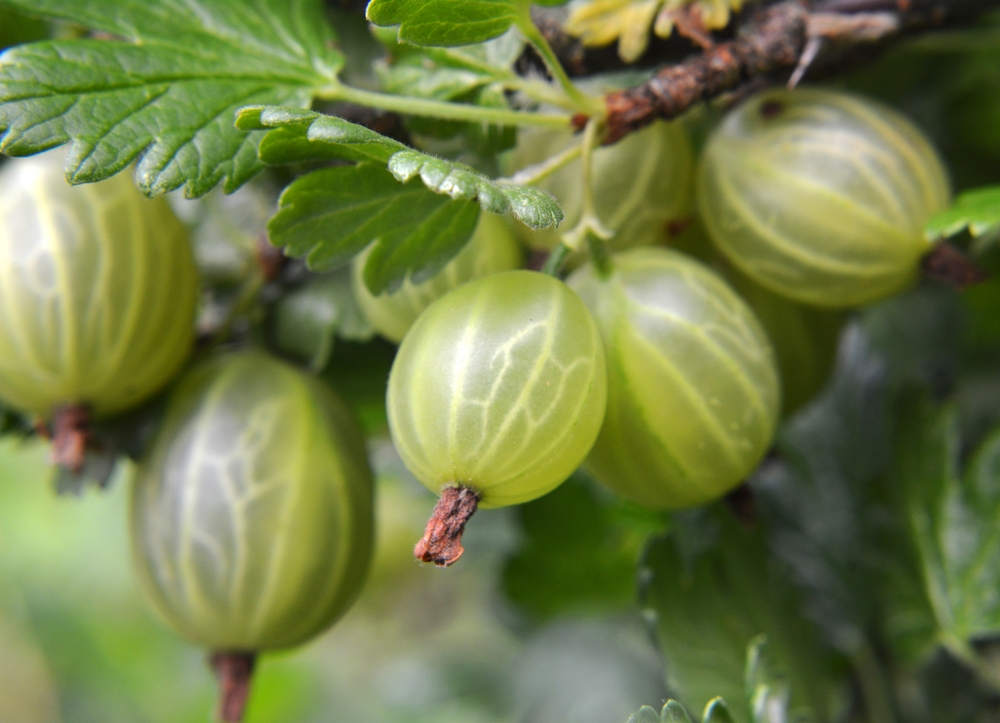
Gooseberries grow as small shrubs reaching about 3 to 5 feet tall. They prefer cooler climates and partial shade to full sun. Gooseberries usually produce fruit in mid to late summer. These shrubs require well-drained soil and consistent moisture.
Pruning is important to remove old wood and stimulate new growth. Gooseberries are relatively pest-resistant and easy to grow. Harvesting should be done when berries are fully ripe for best flavor. These fruits are great for fresh eating or cooking.
Kiwi
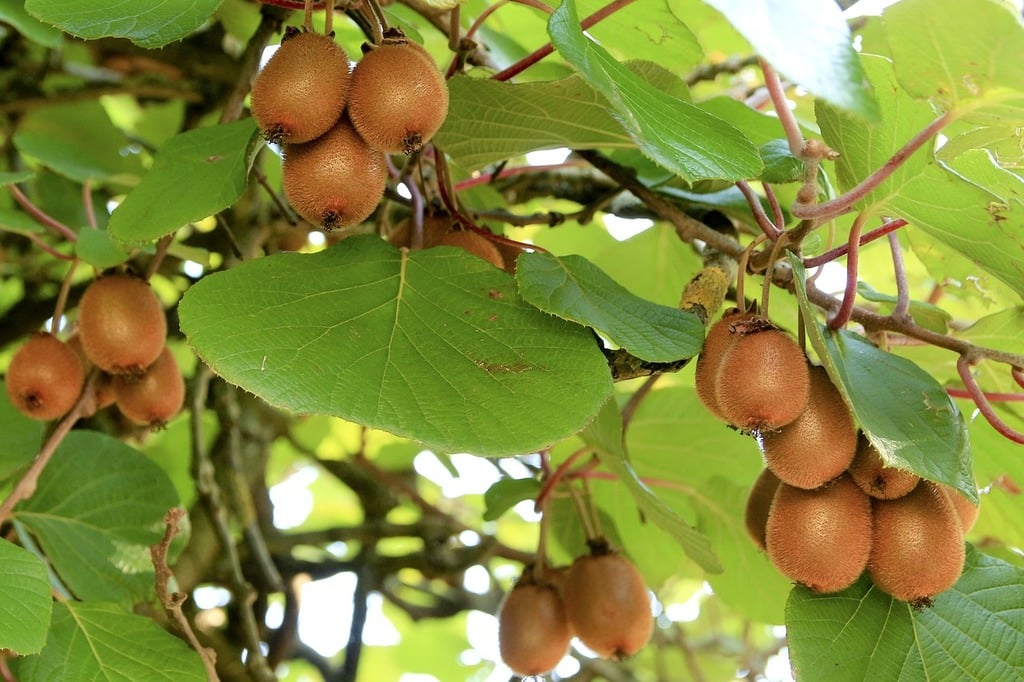
Kiwi vines grow vigorously and need strong support such as trellises. They require full sun and well-drained, fertile soil. Kiwi plants typically produce fruit in late fall after flowering in spring. Regular watering and feeding help promote healthy growth and fruiting.
Pruning is necessary to manage growth and improve air circulation. Kiwi vines are sensitive to frost and may need protection in cooler climates. Growing kiwi provides unique and nutritious fruit with moderate effort. These vines add greenery and interest to any garden.
Harvesting fruit from your own garden offers fresh taste and a sense of accomplishment. Selecting fruits that are simple to grow makes gardening easier and more rewarding. When given the right care and attention, these plants will flourish and yield plentiful crops. Beginning with easy-to-grow fruits is an excellent way to experience both gardening enjoyment and tasty benefits.
This article originally appeared on Avocadu.
